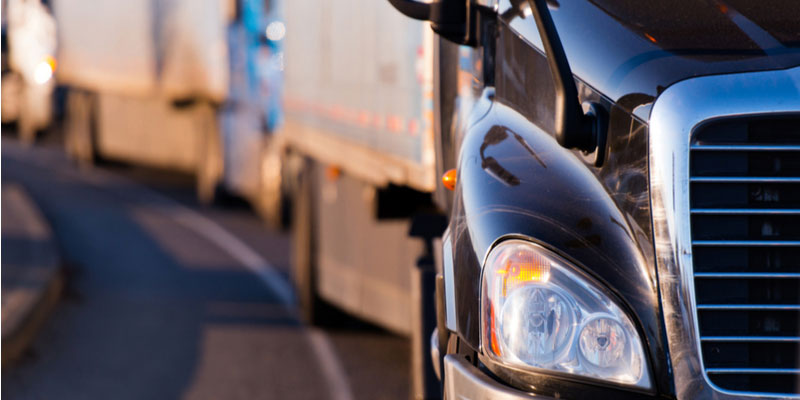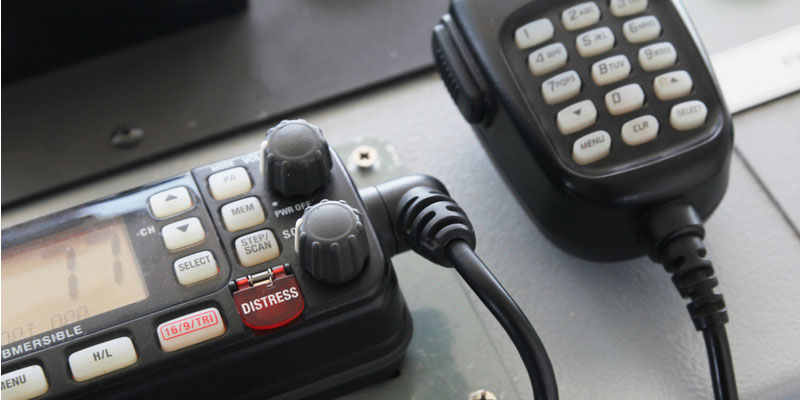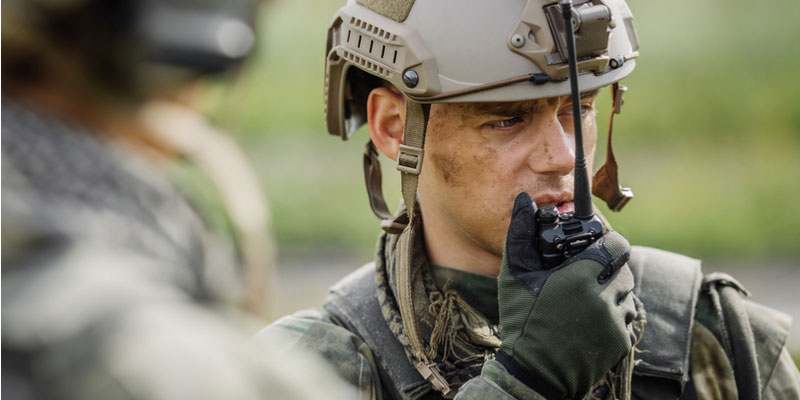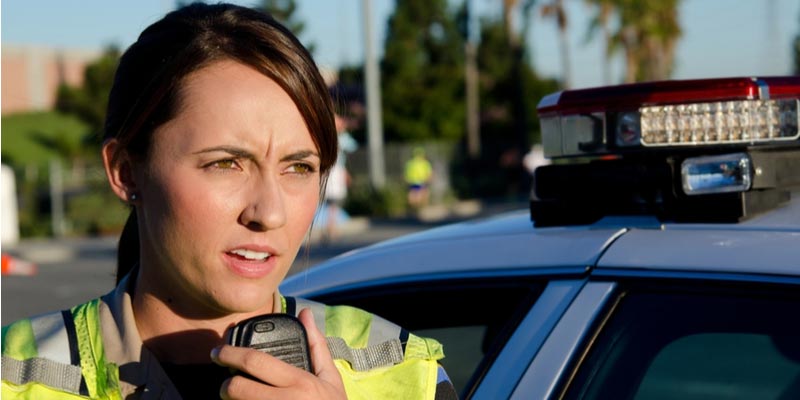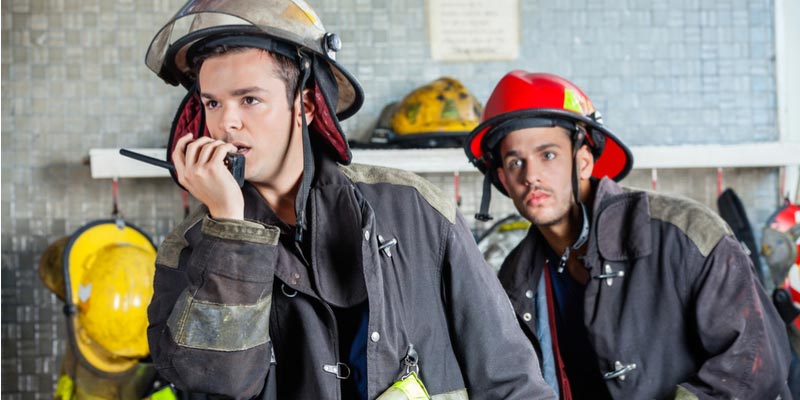iDrive fleet cameras offer increased security and safety for commercial businesses with a fleet of vehicles, from tow truck companies to taxi cab services. This high-tech camera attaches to vehicles and provides a play-by-play view of everything that goes on out on the road, identifying poor driving practices, recording roadway accidents, and so forth. The camera is set to record all day long, but only stores information 15 seconds before and 15 seconds after an incident. When vehicles are in areas with Wi-Fi, managers can watch camera footage in real-time from a secondary location.
Benefits of the iDrive Fleet Camera include:
- Reduced costs
- Reduced liability
- Better employee/driver oversight
- The ability to identify issues before they get out of hand
- Long lasting security for an affordable investment
- Protects your employees, vehicles, and business
Benefits To Installing Highland Wireless’ iDrive Fleet Cameras
1. Better Security
Without a camera attached to the vehicle, how else do you know what really goes on out on the roadway? This handy camera offers the opportunity to achieve true security oversight. Increased surveillance and overall security leads to an assortment of other benefits, such as…
2. Save Money
All businesses are interested in saving money and the iDrive Fleet Camera offers a way to do just that. A higher level of security helps prevent crime, bad driving practices and other issues that cost a lot of money when you react to them as opposed to prevent them.
3. Reduce Insurance Premiums
Reduced insurance premiums are yet another way you can save money by installing these cameras on your fleet of vehicles. Reduced claims lead to lower premiums, plus certain precautions make you less susceptible to crime and damages. Insurance companies recognize this and often provide discounts because of reduced risk of liability.
4. Protects Employees Behind the Wheel
Your employees are essential to the daily operations of your business and so it’s important to protect them to the best of your ability. iDrive Fleet Cameras grant greater employee protection in several instances, including unwitnessed traffic accidents. Forget putting one driver’s word against another, the camera catches everything on film, creating the most reliable witness of all.
5. Helps Identify Poor or Dangerous Driving Practices
Employees that regularly drive too fast or recklessly won’t speed away for long before you know exactly what’s going on, all thanks to the knowledge provided by iDrive Fleet Cameras. Fleet managers experience a serious boost in supervision power as they can identify unsafe employee practices before larger problems have a chance to arise. If you have a lot of vehicles in your fleet, it can be difficult to keep track of everything that goes on out on the road. This simple piece of equipment makes the impossible possible by serving as your eyes and ears, no matter how many vehicles are on the road at one time.
6. Auto Record Feature Available
In the instance of an emergency, these cameras are designed to automatically save footage. The camera runs all day long but it is programed to store 15 seconds before and 15 seconds after an incident occurs. As a result, managers can quickly see and asses what happened without going through hours of roadway footage. This also requires very little hard drive space. All recordings save to the same space and it is easy to access and extract files.
7. Wi-Fi Mode Allows for Real-Time Viewing
If the camera is in vicinity of Wi-Fi, it can automatically upload data to the central home database, and is available for real-time viewing.
8. Built Tough to Last
Investing in iDrive Fleet Cameras is an investment meant to stand the test of time. That’s because these cameras are built tough and made to last, providing years of top-notch surveillance, protection, and money-saving benefits.
Amp Up Your Security & Save Money with iDrive Fleet Cameras by Highland Wireless
We’ve seen firsthand how beneficial iDrive Fleet Cameras are to taxi services, tow-truck companies, and so many other industries. From lower insurance premiums to better management practices, we welcome you to experience the benefits of iDrive Fleet Cameras firsthand. Learn more by visiting https://www.highlandwireless.com/cameras/idrive-fleet-surveillance-cameras/

